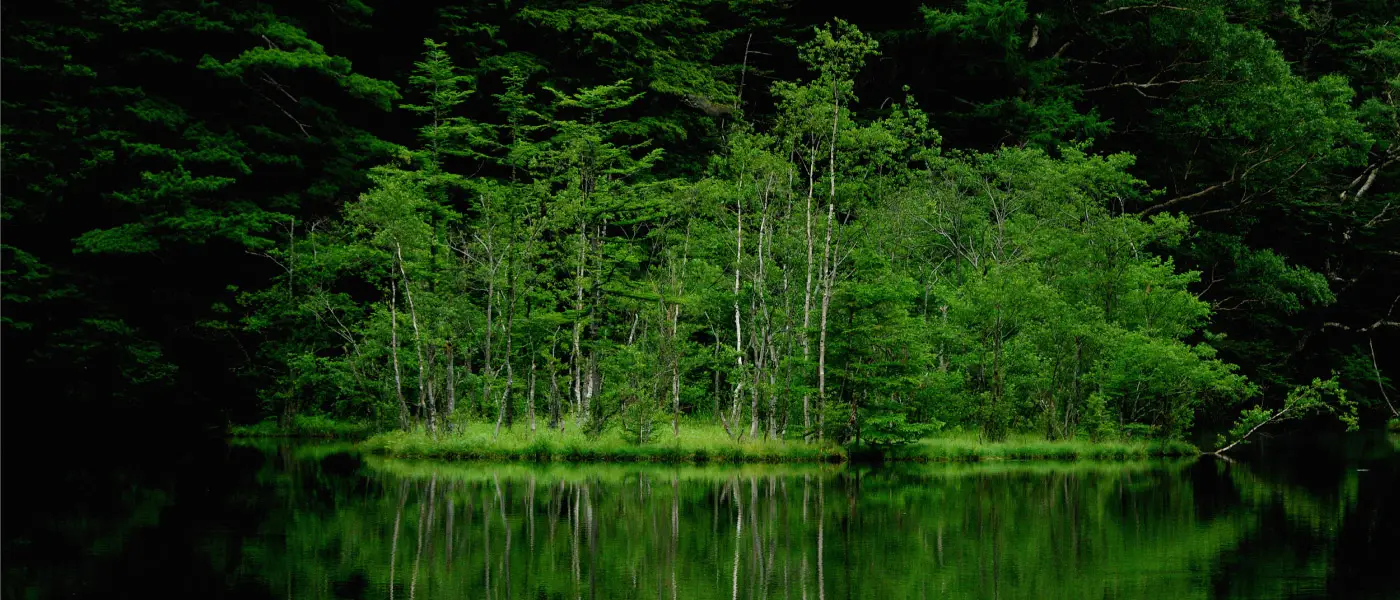If you are anywhere in Japan right now (save perhaps the top of a mountain), you are likely experiencing some fairly intense heat. Even, in cool, mountainous Nagano Prefecture, things are getting pretty steamy in the cities and it should come as no surprise that many are moving to higher ground to escape the hot weather. In just a short time, the peak season which coincides with summer break will be coming to Kamikochi and bringing with it throngs of visitors from all over. And while they might be a diverse mix of city-dwelling Japanese, travellers from neighbouring Asian countries, and increasing numbers of Westerners, they all share a desire to bask in the cool summer splendor of Kamokochi. Of course, the park has other seasonal visitors as well...

The living things of Kamikochi are an ensemble cast of insects, birds and mammals with a rotating membership. Some, like the mercurial Japanese Macacques (Nagano's famous snow monkeys) may be seen throughout the year. But this obviously does not apply to migratory birds like the Mandarin Duck seen here:

Native to mainland Japan, this species of waterfowl can also be spotted in other asian countries such as mainland China, where it is known to migrate. In other areas, it is breeded and, even farther afield, in England and continental Europe, it exists as an introduced species. Easily mistaken for a common duck, the mandarin may yet be spied by a keen-eyed visitor to Kamikochi.
The insect seen below is the descriptively named "summer darter," a species of dragonfly which gains its wings in June and may be seen in significant numbers throughout summer. When they are young, male and female alike have bright yellow bodies (see title picture above), but when they come of age, they turn a deep red.

Sympetrum darwinianum1 by Mojimojisan, used under the Gnu Free Documentation License
And of course, anyone who has spent any amount of time in Kamikochi, will recognize the sight of these characters:

Thoughtfully munching on vegitation, scampering across paths, and stealing our sandwiches since time immemorial, they are the monkeys of Kamikochi and they are here to stay. Let's give 'em a warm round of applause.
ADVISORIES:
With tempratures climbing across Japan, you should definitely take appropriate measures to avoid heat stroke. If, for example, you are planning day of hiking, be sure to have your head covered, preferably with a wide brimmed hat. More crucially, make sure that you have a sufficient amount of water with you. On really hot days under direct sunlight and possibly carrying a heavy pack, you'll be sweating it out almost as fast as you can replenish it. I myself got badly dehydrated during a midday run last Sunday, despite having made regular stops at drinking fountains. Severe sunburns are also a danger as Kamikochi and surrounding areas have very high UV levels. Please ensure you have at least level 50 sunblock applied to any exposed skin to avoid sunburn and any of its gruesome complications.
On an unrelated note, mountain walkers venturing higher up will want to be aware of the very real threat of lightning strikes. "When the thunder roars, get indoors" is the standard wisdom for avoiding serious danger out on the ridges and you can just about set your watch by the regularity with which those mid-afternoon showers hit the peaks in the Northern Alps.
Well, now that that's done with, I hope you all share out enthusiasm for all that awaits at Japan's favorite mountain retreat. Hike safely and have a wonderful visit!
Sources of Information:
National Park Guide website: http://npg-alps.net
Wikipedia user, Mojimojisan




